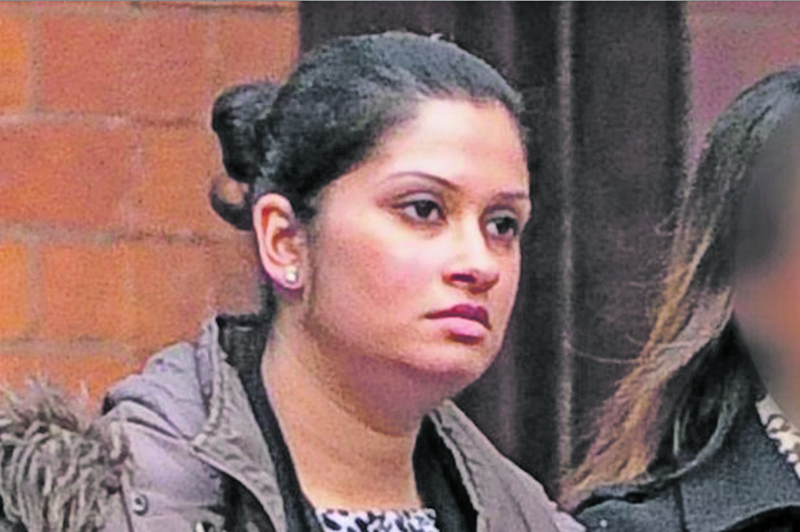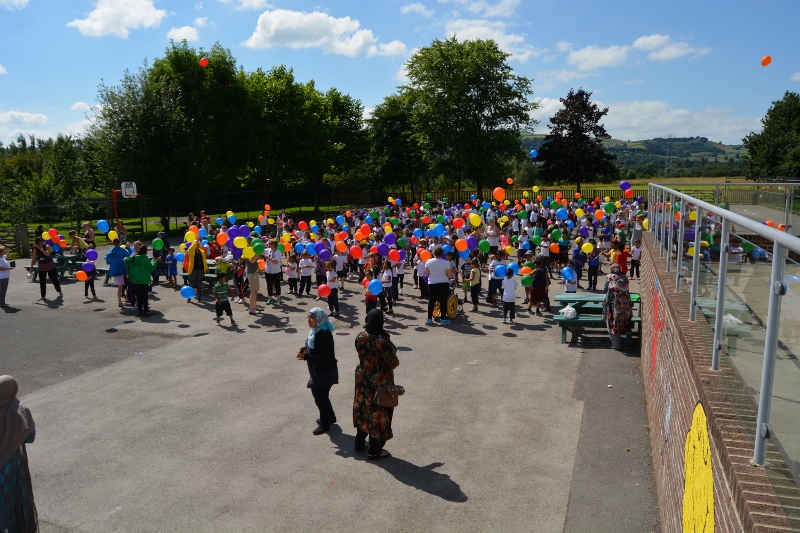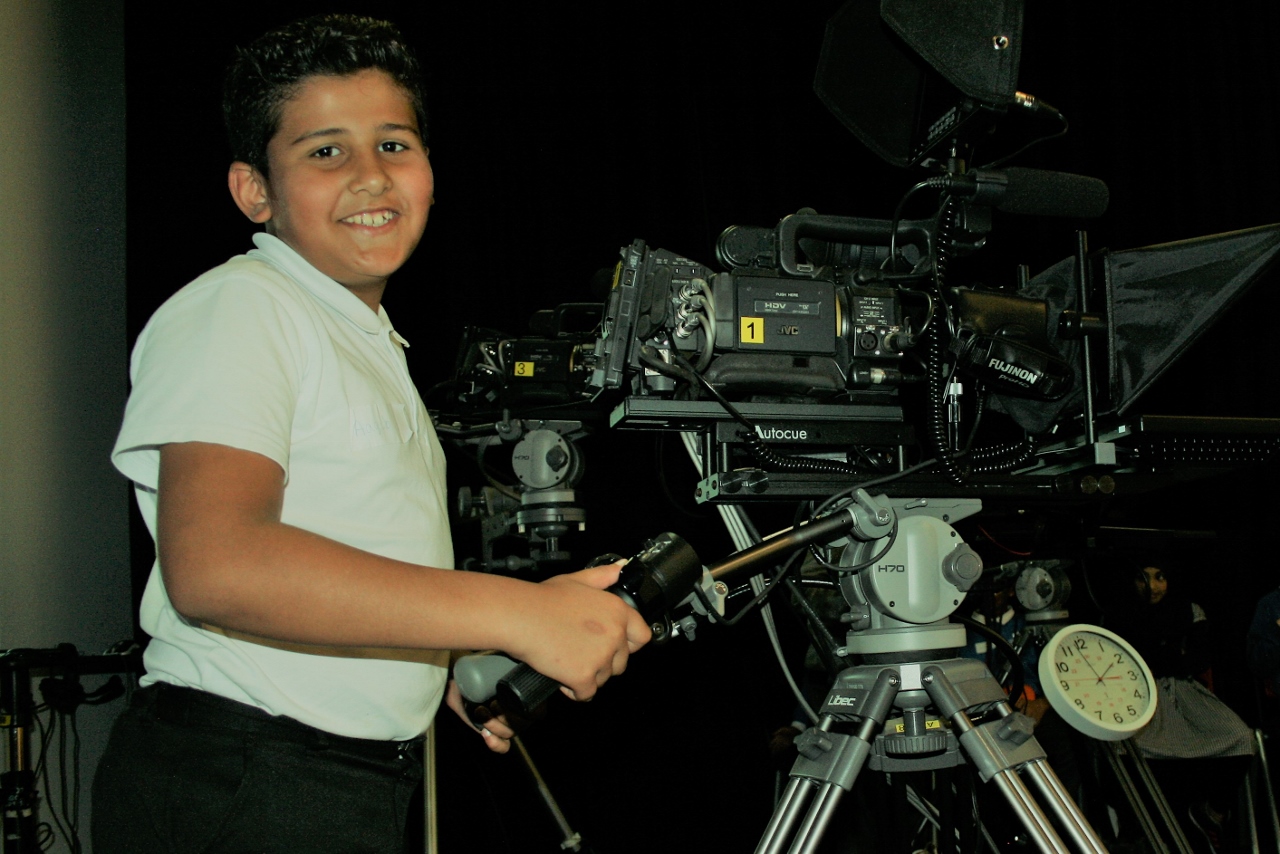
Cultural treasures of South Punjab screened in Bradford
Movie director, human rights activist, anthropologist and a pioneer in using film for social change in Pakistan; the list of Samar Minallah Khan’s talents is seemingly limitless.
After bringing her groundbreaking Unesco film to Bradford for ‘The Golden Years Film Festival’ earlier this week, the audience was treated to a visual experience that brought the Southern Punjab to life.
The three-day festival, which was opened by the Lord Mayor of Bradford on Monday 3rd October, boasted a diverse programme of screenings, discussions and workshops that entertained, inspired and got everyone ‘talking film’.
Ms Khan’s film, ‘Land of a Thousand Colours’ focused on the diversity of Pakistan and the role culture plays in both the lives of local people and efforts to alleviate poverty in the region.
Having been referred to as ‘The Saviour of Soul’ and the ‘Crusader with the Camera’, Ms Khan, who is now in her forties, has a background in Anthropology and Development from the University of Cambridge, where she studied in 1998.
Speaking exclusively to the Asian Express, the inspirational director – who unfortunately was not able to attend the Bradford film festival – said: “I was compelled to pick up the camera because in my early career, I used to work as a free lance journalist. My articles focused on cultural research based articles. The articles were all about the rural communities where they could not read or access them.
“This, I thought, did not make sense, and I started making films in regional languages.”
After studying for her MPhil, Ms Khan became interested in documentary filmmaking.
Upon her return to Pakistan, she made her first documentary on a custom called ‘Swara’ in the country.
“Back in 2003, I made the first Pushtu Documentary so that I could have it screened in the local areas to generate awareness and dialogue around the issue.”
After realising that visuals have a ‘powerful effect’, Ms Khan said that she wanted to help educate people in rural areas of Pakistan.
“With the abysmal literacy rate in Pakistan, the visual medium remains an effective way of helping people to learn,” she continued.
“Since my topics were all related to Pukhtun rural women, I filmed most of my initial documentaries myself to make them feel more comfortable.”
Through film, Ms Khan’s aim is to highlight the positive aspects of Pakistan’s culture – such as its vibrant colour, music and crafts – but at the same time challenge culturally sanctioned forms of violence against women and girls through her culturally sensitive documentaries.
“My target audience is Pakistanis in general,” she said. “Keeping my audience in mind, I make documentaries in our local and regional languages so that they are screened locally.
“One of my earlier documentaries, titled ‘Swara –A Bridge Over Troubled Waters’ was used as a tool to help lobby for legislation against compensation marriages in Pakistan.
“The film was used as evidence in the Public Interest Litigation against the custom in the Supreme Court of Pakistan. It also helped in the legislation in 2004. It has won several international awards because of its impact to challenge the custom of ‘Swara’.”
For the film she brought to Bradford, Ms Khan was employed by UNESCO, Pakistan, to document the tangible and intangible cultural heritage of South Punjab, back in 2010.
“The short film ‘Land of a Thousand Colours’ is just a glimpse of the rich heritage of South Punjab. The film is part of an educational tool kit that is disseminated in the local schools of Pakistan to familiarise youth to our culture,” she added.
Travelling to different parts of South Punjab, Ms Khan realised how little had been documented.
“The aim of the film is to highlight the importance of culture in the lives of the people. This particular region represents a grand fusion of many lifestyles and art forms. It is a kaleidoscope of crafts and traditions and there is a wealth of both tangible and intangible cultural heritage that waits to be explored.
“It celebrates the culture of shrines and how shrines have been perceived as a cultural space for women and men. It gives peace to the devotees that visit it.
“My film also highlights the colourful nomadic culture of Cholistan, rites of passage and the healing power of culture. It shows how culture can help in empowering local communities, especially women.
“Local crafts can help in alleviating poverty. Most forms of the intangible cultural heritage have evolved in response to their environments and contribute to giving us a sense of identity and lineage.
“I went to interview a community of musicians who have been living on the banks of the Hakra River and continue to sing the ‘river songs’ that have been transmitted from one generation to the other. The songs reflect an individual’s relationship to the environment.”
The determined film-maker believes that her film is just the ‘tip of the ice-berg’ when it comes to celebrating the vibrant culture of South Punjab.
“I feel it is very important to pass on these treasures to our next generation,” she said.
“I was touched and honoured that the film was screened at the Bradford film festival. Internationally, these are not the topics that sell or are given space.
“The focus in the media is on issues that do not represent us – the South Asians as a community. Our rich, vibrant culture is what brings us all together. It’s based on celebration, peace, tolerance and hospitality.
“I would advise the young Asian people to feel proud of their back ground, embrace the beautiful aspects of their culture.
“We have to make an effort to safeguard our cultural heritage and ensure that our heritage is kept alive in the face of the forces of globalization. South Asia has a wealth of cultural heritage that is still undiscovered and unpreserved.”














